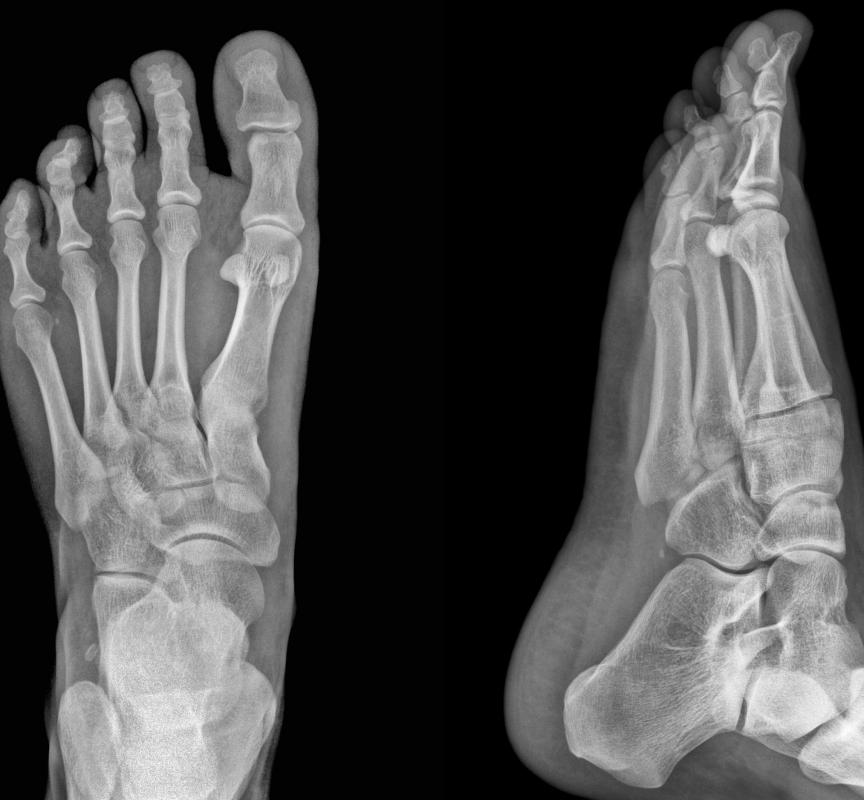At WiseGEEK, we're committed to delivering accurate, trustworthy information. Our expert-authored content is rigorously fact-checked and sourced from credible authorities. Discover how we uphold the highest standards in providing you with reliable knowledge.
What Is an Ataxic Gait?
The term "ataxic gait" is derived from the words "a," which means without; "taxia," which refers to order or regulation; and "gait," which is a pattern of limb movement in locomotion. Essentially, "ataxic gait" refers to an irregularity of movement patterns. Generally speaking, the term usually refers to an abnormal state of walking or running, and it encompasses a wide variety of movement disorders that are caused by many sources of neurological, muscular and genetic abnormalities. With proper diagnosis, management and rehabilitation, people who suffer from an ataxic gait have a high likelihood of functioning highly despite the movement disabilities that might result from their condition.
This term "ataxic gait" is not intended to describe an unusual but otherwise healthy locomotion. Rather, it is reserved for clinically diagnosed conditions that affect one's ability to transport between two locations. Mechanically, a person who has an ataxic gait might have acquired this by trauma or genetics, causing muscular abnormalities that affect the functionality of the locomotive muscles. Neurologically, an ataxic gait might be caused by cerebellum, sensory or vestibular dysfunction.

The cerebellum is an area of the hindbrain that is associated with the control of movement and balance. Trauma or anatomical irregularities to this area might thus affect the kinetic potential of an individual, often resulting in an ataxic gait. The vestibular system is a group of sensory organs located in the inner ear, which is associated with spatial awareness and balance perception. Like the cerebellum, impairment to this system might result in locomotive difficulties.

Sensory causes of an ataxic gait are generally caused by afferent or efferent nervous pathway impairments. Afferent nerves are those that sense, and efferent nerves are motor nerves that aid in movement. If either of these types of nerves are not functioning properly, the body might be kinetically challenged.
Lesions can exist in the nervous system and cause impairment. One commonly known example of such lesions is that of multiple sclerosis (MS). There also might be chemical origins for a temporary ataxic gait, including the over-consumption of alcohol.

The treatment for ataxia is client-specific, because most people suffering from movement disorders have very unique situations, but most treatment plans rely heavily on physical therapy. Physical therapists might work directly with a client is diagnosing the weaknesses in that person's gait and developing a plan to strengthen locomotive abilities in a compensative manner to balance one's movements. Mechanical aids such as wheelchairs and canes also are commonly used, and in some cases, neurotransmitters also have exhibited positive effects on ataxia.
AS FEATURED ON:
AS FEATURED ON:


















Discuss this Article
Post your comments